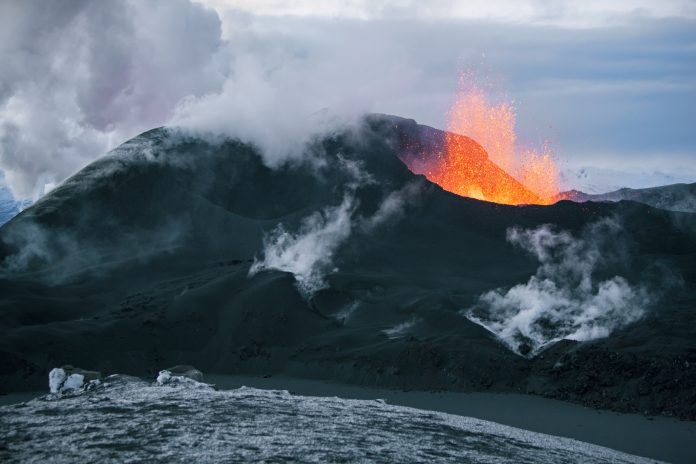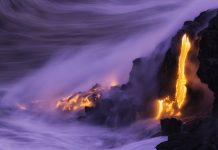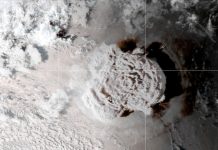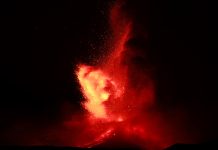Grindavík, a town in southwest Iceland, has undergone evacuation due to a series of hundreds of earthquakes resulting from the movement of underground magma, raising concerns about a potential volcanic eruption
Iceland has declared a state of emergency and evacuated a coastal town due to the anticipated likelihood of a volcanic eruption in the coming days. The Icelandic Meteorological Office has reported significant earthquake swarms in the southwestern region, suggesting underground magma movement around the Reykjanes Peninsula.
Why is Iceland at risk?
These seismic activities are associated with the appearance of land bulges as magma rises into the Earth’s crust. Although earthquakes have decreased recently, the Icelandic Met Office noted on Wednesday that the likelihood of an eruption remains high.
This heightened risk is due to the unexpected formation of a 14.4km (nine-mile) magma-filled crack on November 10, located two to five kilometres beneath the peninsula, extending from southwest to northeast. This development coincided with a new cluster of earthquakes in the region.
What precautions are being taken?
Last Friday, the residents of Grindavík were evacuated due to the significant impact of the seismic activity. The guardian reported that Dr Dave McGarvie, a volcanologist from Lancaster University, described the town as severely shaken, with visible cracks running through it. In some areas, the land has abruptly sunk by more than a meter, and steam is escaping from burst hot water pipes.
Before the formation of the magma-filled crack, the well-known geothermal spa, the Blue Lagoon, had already been closed. A defensive wall is also being constructed around the Svartsengi geothermal power plant to safeguard it from potential lava flows.
What would it look like if the volcano erupted?
In the initial stages, a crack would emerge on the Earth’s surface, propelling magma several hundred meters into the sky, giving rise to a fire fountain.
Located in the North Atlantic, Iceland spans the Mid-Atlantic ridge, dividing the Eurasian and North American tectonic plates. These massive rock slabs gradually move apart at a few centimetres per year, leading to seismic and volcanic activities.














